None of us wants to crash our shiny new car but, if we do, we want to know we're safe. That's where the Australian New Car Assessment Program's standardised crash-testing analysis is invaluable, providing comparable ratings for vehicles of all types.
The ANCAP site notes that a one-star car is twice as likely to kill you as a five-star model. Carsguide examines ANCAP's results to find the best of breed in each segment. It's worth noting the advanced software in some cars that readies the vehicle if a crash is imminent are disabled during the official tests. Cars are scored out of 37 points after the following tests.
FRONTAL OFFSET TEST: The subject vehicle is accelerated to 64km/h and rammed into a deformable alloy barrier to simulate a head-on crash. To increase the severity and reproduce real-world conditions only 40 per cent of the car hits the wall - equating to a driver swerving to avoid an oncoming vehicle.
SIDE IMPACT TEST: The T-bone hit rams a 950kg trolley into the side of the car at 50km/h. The sled has an alloy face to simulate the front of another vehicle, which deforms and absorbs some of the impact.
PEDESTRIAN TEST: Simulates the results of hitting a pedestrian at 40km/h. The test assesses adult and child impacts, given their heads and limbs strike different areas of the car.
POLE TEST: This is the most demanding test in the ANCAP repertoire. Trees and poles don't deform, so all the crash energy is transferred to the vehicle. The car is put on a sled and propelled towards a fixed steel pole at 29km/h.
SAFEST SMALL CARS
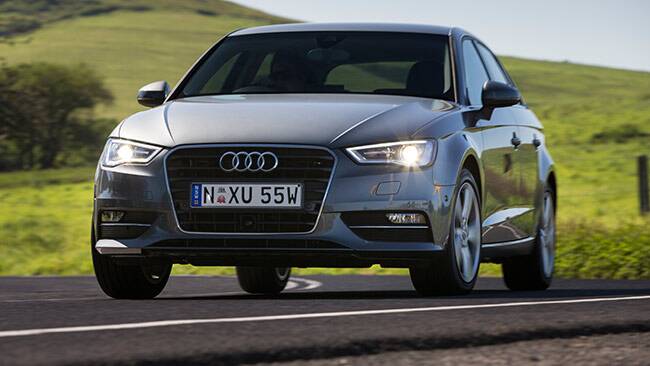
AUDI A3 36.41 See reviews of this car
Officially the best small car to occupy in an accident. Impressively, the windscreen pillar didn't move after a 64km/h hit with the concrete block.
HONDA INSIGHT 36.39 See reviews of this car
Its score reflects a 3mm movement of the pillar in the frontal offset test and "slight risk" of serious leg injury for driver and passenger.
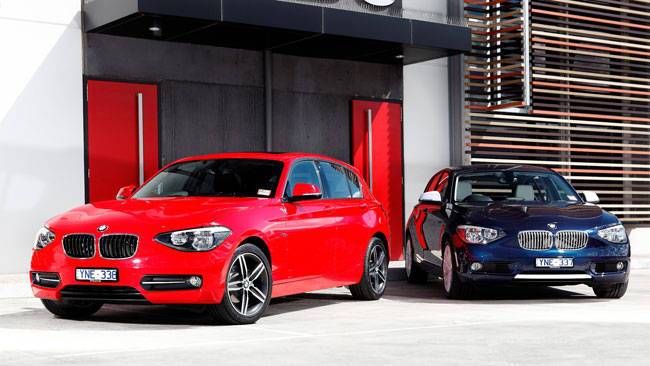
BMW 1 SERIES HATCH 36.33 See reviews of this car
There's a slight risk of serious chest injury for the driver in the frontal and side crash test and a slight risk of serious leg injury for the passenger in the frontal crash.
SAFEST MEDIUM CARS
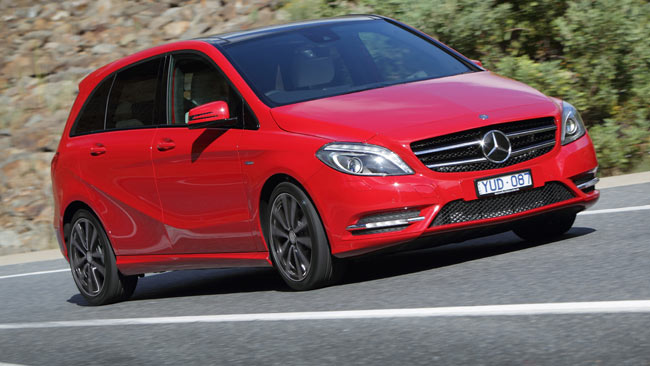
MERCEDES B-CLASS 36.78 See reviews of this car
Tops the charts with the highest score of any car in ANCAP database. Technically there's a 4mm movement of the front pillar and a slight risk of injury to the passenger leg closest the door.
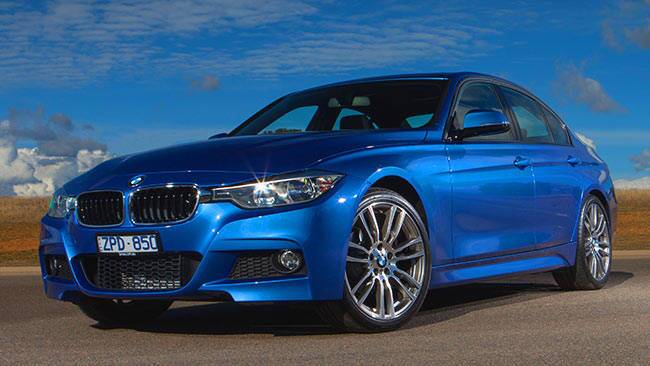
BMW 3 SERIES 36.76 See reviews of this car
Barely behind. It showed a 1mm movement of the pillar and there was a slight risk of serious injury to the driver's and passenger's legs.
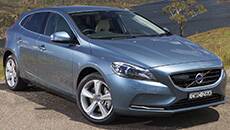
VOLVO V40 36.67 See reviews of this car
The only loss of points occurred during the frontal crash test, with a slight risk of serious injury to the front occupants' legs closest the door and the driver's chest.
SAFEST LARGE CARS
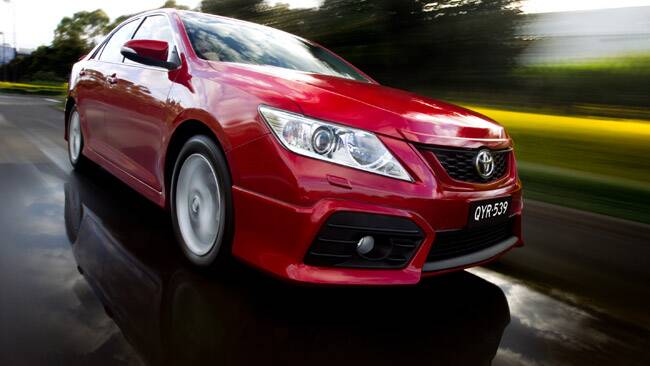
TOYOTA AURION 36.59 See reviews of this car
First place in this class makes it the only locally built vehicle in any top-three line-up. There's a slight risk of lower leg injury for driver and passenger.
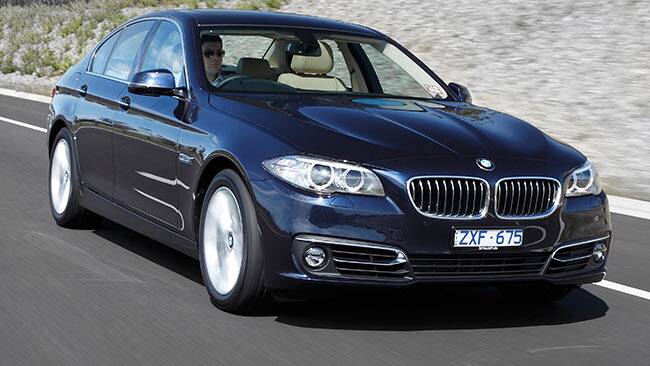
BMW 5 Series 36.53 See reviews of this car
Not a bad place to be in the event of an accident either. It blitzed the side impact tests and only lost fractions of points in the head-on hit.
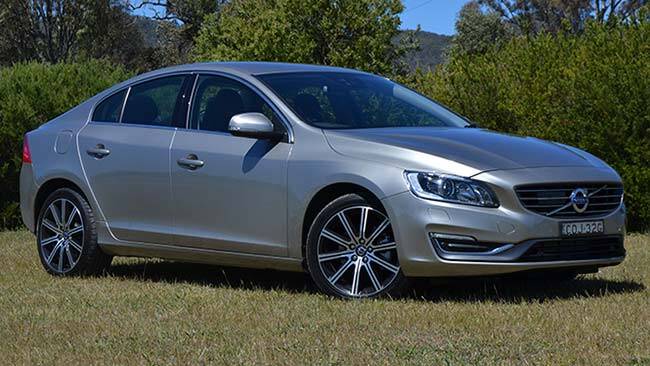
VOLVO S60 36.34 See reviews of this car
Sweden maintains its safety credentials. The passenger compartment stayed intact with only a 1mm movement of the front pillar.
SAFEST COMPACT SUVS
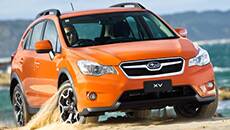
SUBARU XV 35.53 See reviews of this car
Like the slightly lower-riding Impreza, the XV scored highly in all crashes, with a slight risk of injury to the front occupants' chests and legs.
HOLDEN TRAX 35.18 See reviews of this car
The surprise packet. One of the smaller cars in the class has only a slight risk of serious leg injury for those in the front in a head-on crash.
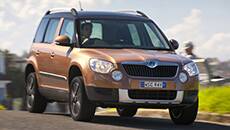
Skoda Yeti 34.67 See reviews of this car
Depite being one of the older examples in this segment, the Yeti still rates well for safety, with only a slight risk of serious leg injury for those in the front in a head-on crash.
SAFEST MEDIUM SUVS
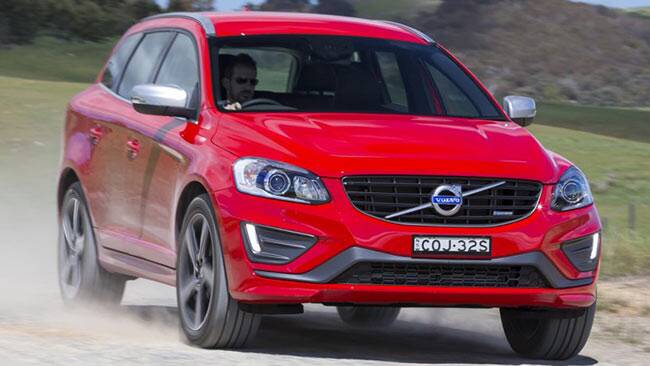
VOLVO XC60 36.53 See reviews of this car
ANCAP says the cabin 'held its shape extremely well" in the frontal test, with the pillar shifting just 3mm. There was a slight risk of serious chest and leg injuries to the driver.
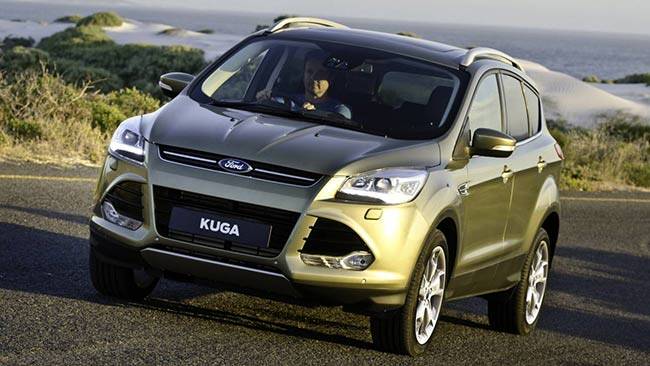
FORD KUGA 36.33 See reviews of this car
A solid second, posing a slight risk of serious chest injury for both front seat occupants. The front pillar moved 15mm.
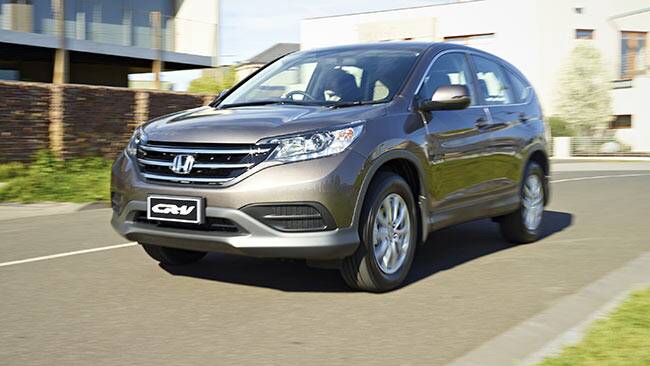
HONDA CR-V 35.91 See reviews of this car
Placed well despite being penalised for the foot-operated park brake moving upwards and back. Structurally there was only a 2mm movement of the pillar.
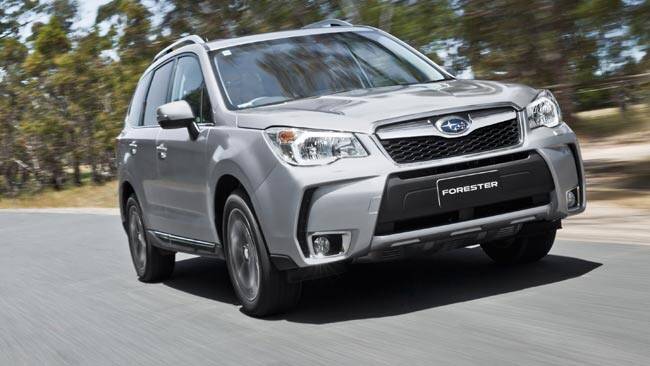
SUBARU FORESTER 35.64 See reviews of this car
Tested this year, it scored highly in all crashes, with a slight risk of injury to the front occupants' chests and legs.
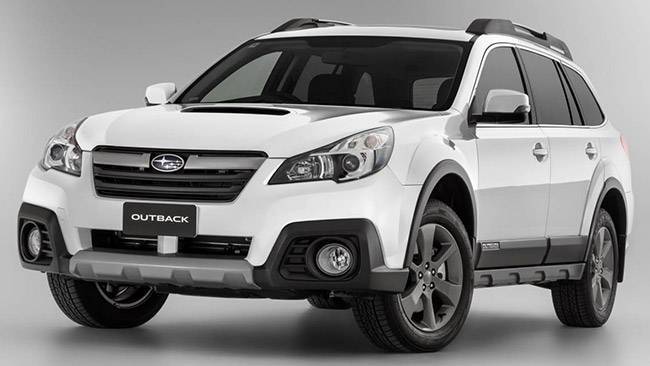
SUBARU OUTBACK 35.52 See reviews of this car
Fills the brand's quinella. Crashed in 2008 and at the time topped the charts as the safest vehicle ANCAP had tested.
SAFEST LARGE SUVS
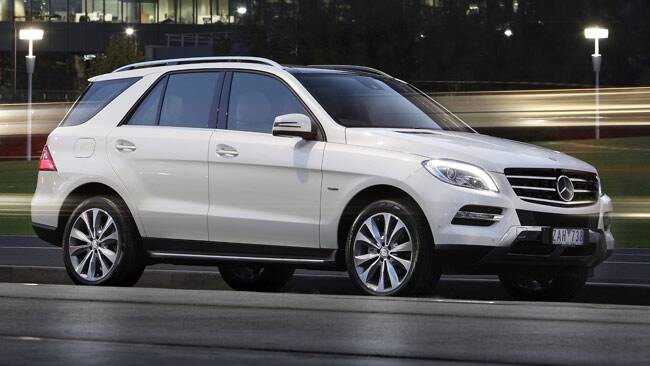
MERCEDES-BENZ ML 36.34 See reviews of this car
Luxury SUV has a slight risk of serious chest injury for driver and passenger in the head-on hit and a slight risk of serious leg injury for the passenger. The pillar moved 2mm.
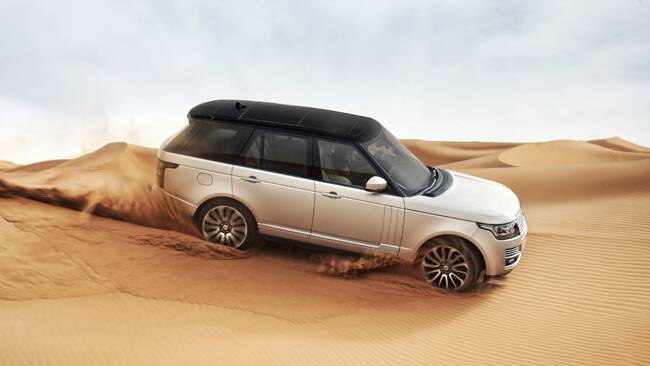
RANGE ROVER 36.19 See reviews of this car
Big Brit has a slight risk of serious chest injury for the driver and the pillar shifted by 15mm.
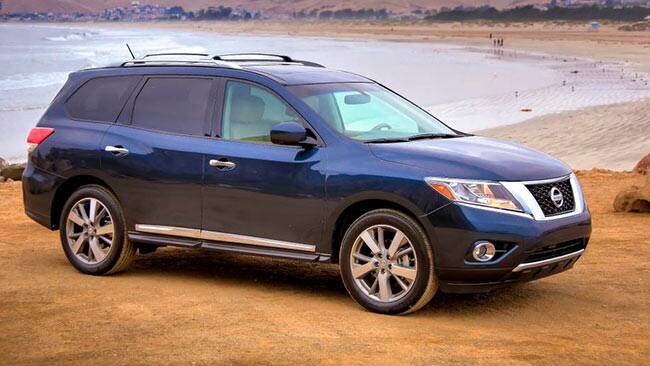
NISSAN PATHFINDER 35.73 See reviews of this car
Slight risk of serious leg injury for the driver. Unlike the other two, it applies to the upper leg as well as the expected lower-leg hits. Docked points for a marginal pedestrian impact result.

































Comments